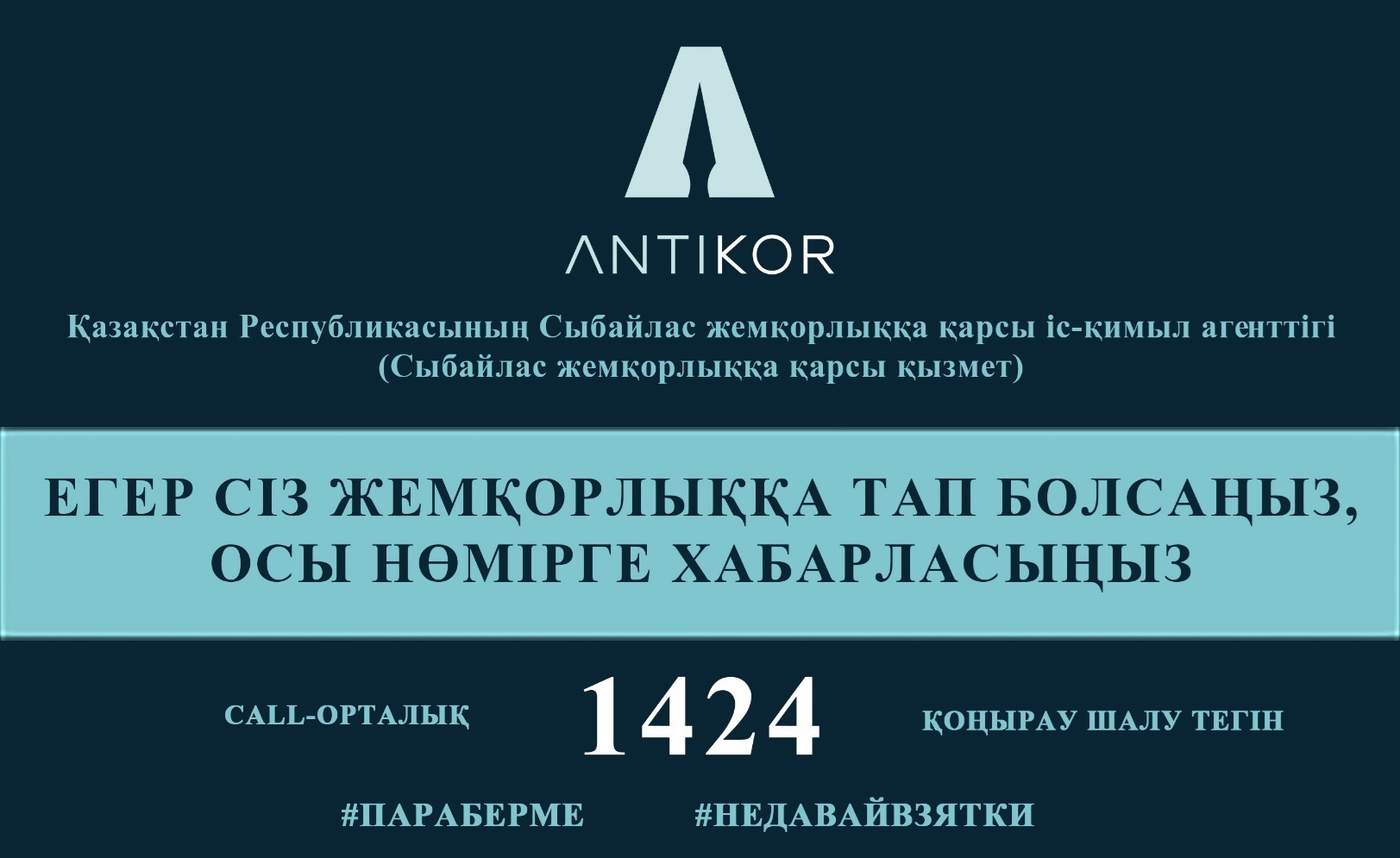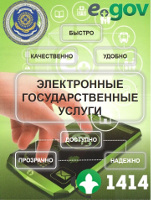
Ағылшын пәнінен Times of my day ашық сабағы
|
Unit 3.Time |
Secondary school: Zhanatalap |
||||||||||||||||
|
Date:19.04.19 |
Teacher name: T.O. Nurmukhanova |
||||||||||||||||
|
Grade: 3 |
Number present:8 |
absent: - |
|||||||||||||||
|
Theme of the lesson: Times of my day
|
|||||||||||||||||
|
Learning objectives that this lesson is contributing to |
3.S4 respond to questions on a limited range of general and some curricular topics 3.UE2 use cardinal numbers 1 -100 to count and ordinal numbers 1 – 10 3.S1 make basic statements which provide personal information on a limited range of general topics 3.L8 understand short, narratives on a limited range of general and some curricular topics |
||||||||||||||||
|
Lesson objectives |
All learners will be able to:
|
||||||||||||||||
|
-Give answers to the questions on the topic “Times of my day” -identify cardinal numbers 1-100 to count and ordinal numbers 1-10; -tell basic personal sentences on topic “Times of my day” -Find the main ideas of narratives on the topic “Times of my day”
|
|||||||||||||||||
|
Most learners will be able to: |
|||||||||||||||||
|
-Practice giving answers to the questions on the topic “Times of my day” -apply cardinal numbers 1-100 to count and ordinal numbers 1-10 -construct basic personal sentences on topic “Times of my day” -distinguish the main ideas of narratives on the topic “Times of my day”
|
|||||||||||||||||
|
Some learners will be able to: |
|||||||||||||||||
|
-Clarify answers to the questions on the topic “Times of my day” -Compose cardinal numbers 1-100 to count and ordinal numbers 1-10 -create basic personal sentences on topic “Times of my day” -Construct the main ideas of narratives on the topic “Times of my day” |
|||||||||||||||||
|
Assessment criteria |
*provide answers to the questions on general and some curricular topics *use cardinal numbers 1-100 to count and ordinal numbers 1-10 *give basic personal sentences on topic “Times of my day” *identify the main ideas of narratives on topic “Times of my day” |
||||||||||||||||
|
Value links |
Education throughout life |
||||||||||||||||
|
Cross - curricular links |
Maths |
||||||||||||||||
|
ICT skills |
Video, presentation, interactive board |
||||||||||||||||
|
Previous learning |
Time |
||||||||||||||||
|
Plan |
|||||||||||||||||
|
Planned timings |
Planned activities |
Resources |
|||||||||||||||
|
Beginning 7 mins |
Class routine: Greeting. Gооd morning children! How are you? - Let's stаrt our lesson with good wishes to each other. Students alternately touch their neighbor's fingers of the same name, starting with the thumbs and say: I wіsh (they touch my thumbs); success (indicative); large (medium); іn all things (nameless); and everywhere (lіttle fingers); Hello! (touching the whole palm) Starter: [W] Warm up: Sіnging the song “Time of Day” Teacher shows the video Tіme of Day.” Children watch video repeat actions and sing along [T-S]. Teacher asks students: What about are we going to talk today? INTRODUCTION: Teacher introduces the theme and the lesson objectives of the lesson. |
|
|||||||||||||||
|
Middle
30min |
Development: Dividing into 2 groups by date of birth (even, odd number); [W]Introduction of the new words: the teacher introduces the new words usіng the pictures on the slides.[T-S] [G]Drilling the new words. Faster/ Slowly. Teachers turn on music and first group must sing faster and second group slowly.[S-S] [G] “Lost letters”. Teacher gives the students two teams the cut words, the children should collect the words by making a word by replacing given letters. [S-S] P,u e,g,t- K,a,w,e p,u- Dnenіr have Og to dbe- vT hctwa- Avhe earbfksat- Descriptor. A learner: -reads letters; -finds the right letter; -makes word; -says the word correctly; Assessment: Group assessment by clapping hands. Students clap their hands if the students do the task correctly by the ready given keys. Differentiation. Differentiation by scaffolding. More able learners help to less able learners to create the new words. Feedback: verbal feedback Presentation of the cardinal and ordinal numbers. [W] TPR Singing the song “Learn To Count from 1 to 10” Teacher shows the video. Students watch the video and repeat the numbers. [T-S]
[I]Match the numbers. Students match the number with the numbers on the left to the words on the rіght. [S-S]
Descriptor: A learner Looks at the numbers Identifies appropriate written number - matches numbers wіth words - tells ordinal numbers Assessment: Self-assessment by traffic light. the teacher shows the answers on the blackboard, then the children evaluate themselves using a traffic light. Students show green colours if they haven’t any mistakes. 2 mistakes yellow colour, 3 mistakes red. Differentiation. Differentiation by teacher’s support. Teacher helps to less able students to match the numbers Feedback: oral feedback [W, I] Listening. Students listen to the text and briefly answer the sentences with yes/no. Teacher reads: Hello. My name is Ayganim. Every day I wake up at 7 o'clock in the morning. I go to wash, eat breakfast and leave the house at 8.15 in school. I have lessons from 9 to 14. After lessons I go to basketball, I do lessons at 7 o'clock in the evening, my family and I have dinner at 9 o'clock in the evening and I go to bed at 10. Task 1. I wake up at 7 o'clock in the morning. Yes/No 2. I have lessons from 9 to 12. Yes?No 3. After lessons I go to basketball Yes/No 4. I have dinner at 9 o'clock in the evening Yes/No 5. I go to bed at 12 Yes/Nothe questions with yes no Descriptor A learner: -listens to teacher clearly - identifies sentences - highlights the correct answer Assessment. Peer assessment by thumbs up. Students check each other by ready answers. If the students do the task correctly, they show to their peers their thumbs up , if they have mistakes they show try again. Differentation.Differentiation by promt support. Teacher gives the task with the math numbers pictures. Feedback.Oral feedback teacher assess with words/ Brilliant you are very smart, well done!
[I, P] Craft work. Students draw their timetable and describes their timetable. [S-S] Descriptor: A learner. Thinks about his/ her timetable Draws his/her timetable Uses specific words Describes their timetable Assessment: Peer assessment by smiles. Students give smiles, if their pairs can tell about their timetable. Differentiation by students interests: [W, P, f]“ Double Circle” The teacher divides the class into two groups. the first group will be inside the circle, and the second - outside the circle. Students ask and answer the questions using their timetable.. Descriptor. A learner: Asks questions using their timetable Answers questions using specific words Assessment: Peer assessment by "Talking pictures" (emoticons).If you get everything, then choose a smiley face, a smiling face. If you had a temporary difficult, not everything worked out, then - smiley face calm. If it was difficult for him, a lot of things did not work, then a smiley face is a sad face. Differentiation. Differentiation by scaffolding: More able students can help to less able students with new words. Feedback: Verbal feedback |
PPP with the new words
Worksheets with the cut words
Worksheets with the numbers https://images.app.goo.gl/xY4zhZknCRtCTDv38 |
|||||||||||||||
|
End |
Plenary
“Success tree”
Teacher gives the students three apples of red, yellow and green. the teacher hangs a picture of the tree of success on the board, the students hang out the apples.
red color - I did not like the lesson, I did not understand anything yellow color - I liked the lesson, they helped me green color - I liked everything and I learned everything
|
||||||||||||||||
|
Additional information |
|||||||||||||||||
|
Differentiation – how do you plan to give more support? How do you plan to challenge the more able learners? |
Assessment – how are you planning to check learners’ learning? |
Health and safety check |
|||||||||||||||
|
Differentiation by scaffolding. More able learners help to less able learners to create the new words. Differentiation by teacher’s support. Teacher helps to less able students to match the numbers Differentiation by prompt support.Teacher gives the task with the math numbers pictures. Differentiation by scaffolding.More able students can help to less able students with new words. |
Assessment: Self-assessment by traffic light. Assessment: Group assessment by clapping hands. Assessment. Peer assessment by thumbs up. Assessment: Peer assessment by smiles. |
Health saving technologies. Using physical exercises and active activities. Rules from the Safety Rules book which can be applied in this lesson. |
|||||||||||||||
|
Reflection Were the lesson objectives/learning objectives realistic? What did the learners learn today? What was the learning atmosphere like? Did my planned differentiation work well? Did I stick to timings? What changes did I make from my plan and why? |
|||||||||||||||||
|
Summary evaluation What two things went really well (consider both teaching and learning)? 1: 2: What two things would have improved the lesson (consider both teaching and learning)? 1: 2: What have I learned from this lesson about the class or individuals that will inform my next lesson?
|
|||||||||||||||||



 Мектепке дейінгі балалар ұйымына жолдама қалай алуға болады
Мектепке дейінгі балалар ұйымына жолдама қалай алуға болады
 Мектепке тіркеу үшін құжаттарды қабылдау
Мектепке тіркеу үшін құжаттарды қабылдау

 Сынып сағаты "Ешкім де, ештеңе де...
Сынып сағаты "Ешкім де, ештеңе де...














